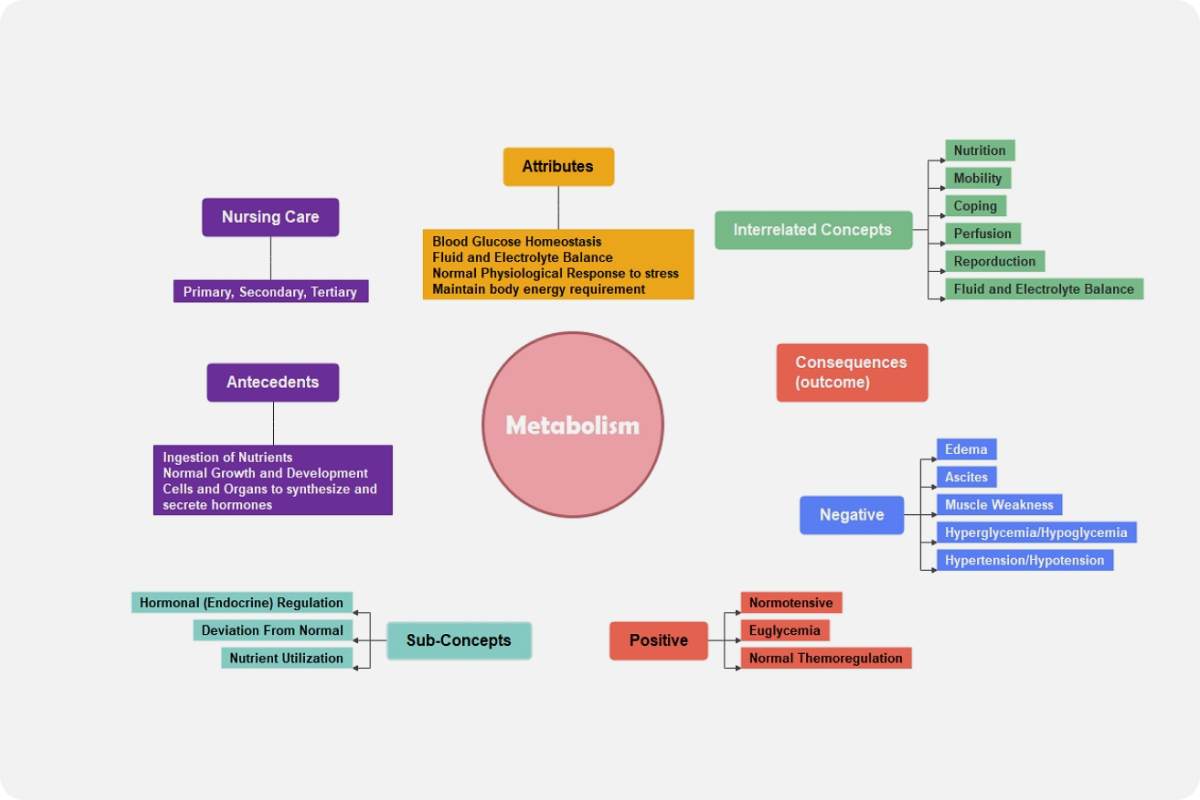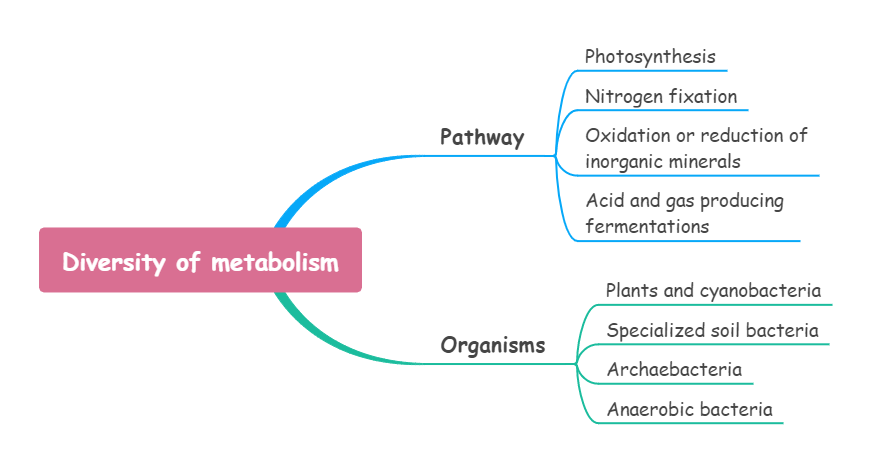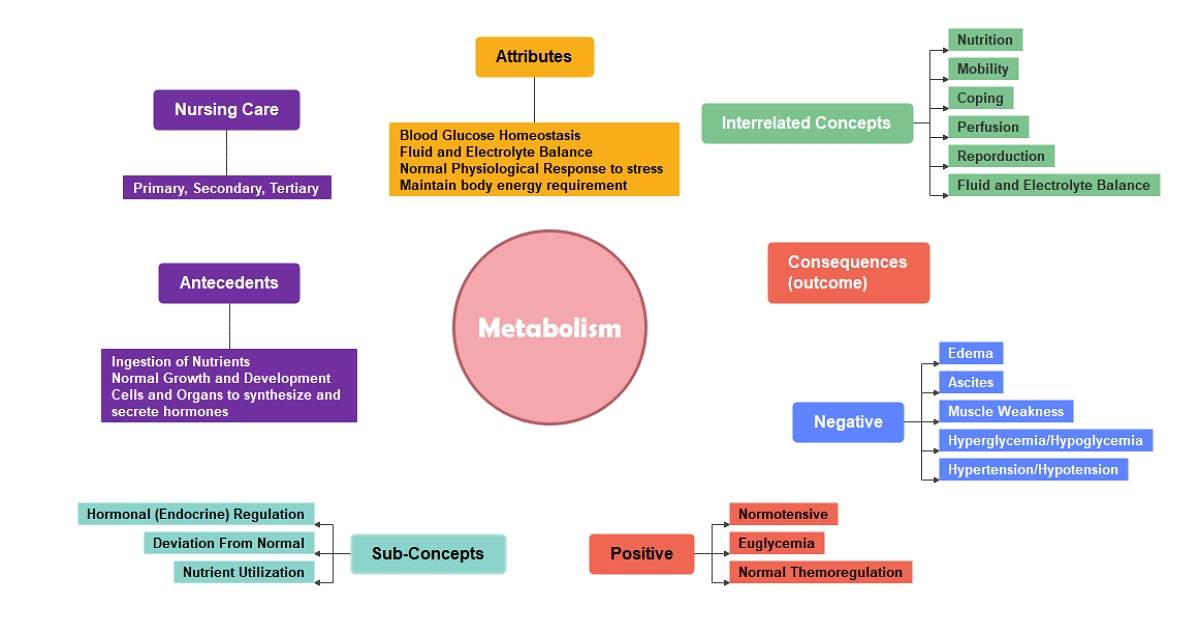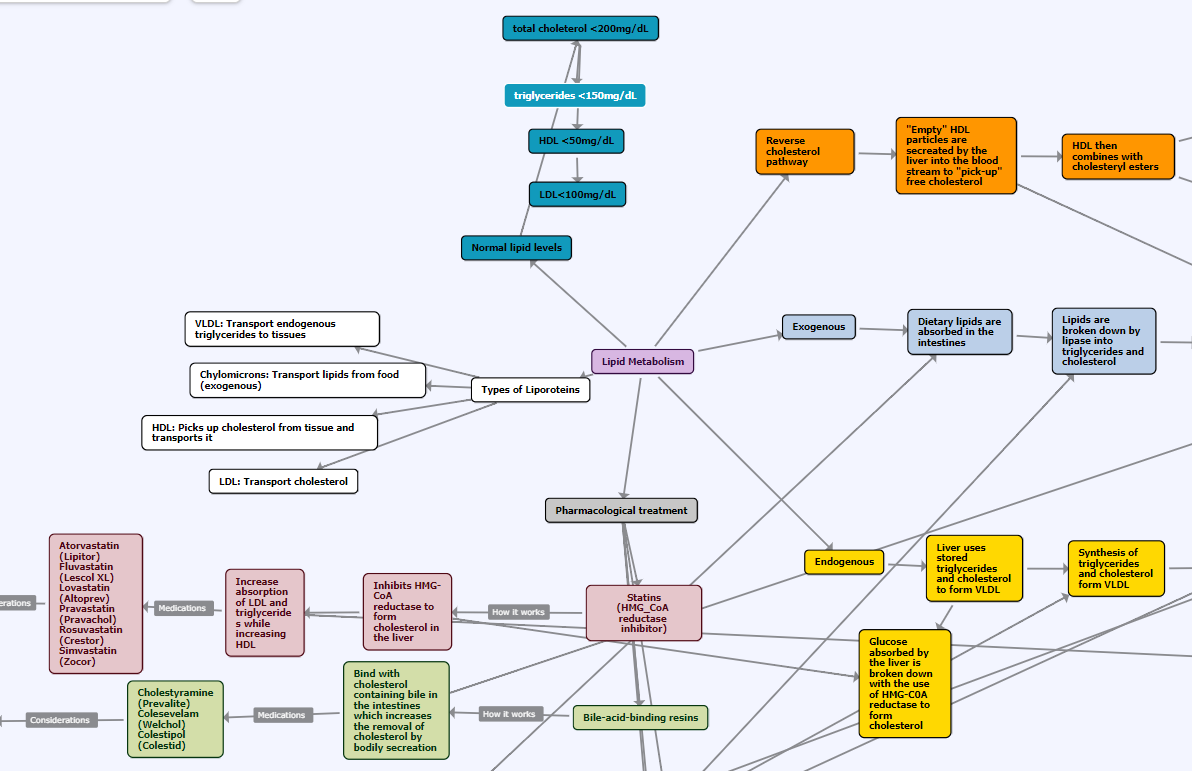What is metabolism?
Metabolism is a phrase that refers to all chemical events that take place for cells and organisms to stay alive. Metabolism may be separated into two groups for ease of understanding:
- The destruction of molecules to obtain energy is known as catabolism.
- Anabolism is the process of cells synthesizing all of the substances they require.
Nutrition and nutrient availability are intimately connected to metabolism. The word "bioenergetics" refers to the biochemical or metabolic mechanisms via which a cell receives energy. One of the most important aspects of metabolism is energy generation. Molecule processes in the metabolic process are arranged into metabolic pathways, in which one chemical is changed into another chemical through a sequence of stages.
Enzymes help with this process by enabling reactions and acting as catalysts for them to happen. Enzymes, which react to signals between cells and govern metabolic pathways, are required for the reactions to take place. The metabolic rate refers to the rate at which the body burns calories.
Significance of metabolism in medicine
Metabolism is a key concept in biochemistry, it works in keeping the cells alive by providing them with the energy and building components they need to develop and reproduce. In the medical field, metabolism is also a major topic. While metabolic enzyme genetic abnormalities were not one of the most frequent types of illness, they are common enough to require standard prenatal testing. To comprehend the clinical symptoms of a hereditary enzyme malfunction and to design methods for accurate diagnosis and therapy, it is necessary to have information on all the pathways of metabolism and how they can be impacted.
While metabolic disorders caused by single enzyme abnormalities are relatively uncommon, metabolic diseases such as diabetes and gout are far more frequent. Atherosclerosis, which is much more frequent, is not just a metabolic disease; rather, metabolic variables play a substantial role in its onset and development. Understanding the characteristics of the metabolism is the foundation for prevention and therapy in all of these instances.
Even when illnesses are not caused largely by metabolic abnormalities, metabolic pathways are frequently used as therapeutic targets. Antimetabolites that interrupt cell growth and induce programmed cell death are routinely used to treat malignant tumours and autoimmune illnesses. Antimicrobial medications frequently target enzymes in bacteria and parasite metabolic pathways. Many medications that target receptors require a metabolic change to activate or eliminate.
While the focus of this article is mostly on human metabolism, it is worthwhile to take a glance beyond that. In all kinds of living creatures, there are numerous common metabolic pathways. Glycolysis, the primary process for glucose decomposition, is found in all organisms. On the other side, several metabolic reactions in plants and diverse types of microorganisms differ significantly from those in humans and animals.
Plants can make glucose and carbon frameworks with Carbon dioxide and water through photosynthesis. The same may be said about blue-green algae, sometimes known as cyanobacteria. Photosynthesis, on the other hand, allows organisms to become autotrophic, or self-feeding. Plants, on the other hand, rely on mechanisms other than photosynthesis to survive. The breakdown of starch, which itself is stored in huge amounts in the seeds of plants.
While all of these paths are intriguing, we will not go into detail about them in these notes. Instead, we'll focus on the key metabolic processes that take place in the human body. We'll also discuss how these pathways connect to human health and illness, as well as some of the treatment options for metabolic disorders that have been established.










